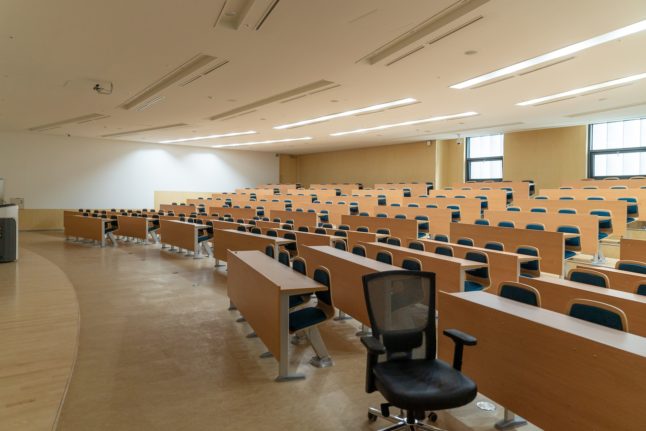A survey of more than 10,000 students has revealed that as many as one in three may have a mental illness.
“This is the first time we have examined the incidence of mental disorders among Norwegian students. The figures show that approximately one in three students meet the formal criteria for a current mental disorder according to the diagnostic mapping tool we have used,” Kari-Jussie Lønning, from the Students’ Health and Well-Being Survey, said.
The survey used a tool developed by the World Health Organisation to conduct its research.
Lønning said the numbers were surprising and that mental health could affect students’ performance.
“We were surprised at how high the numbers are. Although the figure is higher among women, it is also high among men. Students who experience serious mental disorders face a number of obstacles that can affect their academic performance, quality of life and long-term well-being,” Lønning said.
Depression and anxiety were the most widespread mental health problems among students. Three out of ten respondents to the survey met the criteria for a “severe depressive episode” in the past year.
The main symptoms of a depressive episode are lower moods and energy, combined with a loss of interest or enjoyment in things that one previously enjoyed.
A similar number of respondents also met the criteria for an anxiety disorder.
Higher education minister Sandra Borch said the figures represent a challenge.
“The survey gives a picture of a serious public health challenge, which we must deal with together. When so many young people report that they struggle with various mental health problems, we as a society must take it very seriously,” she said.
The Norwegian Student Organisation (NSO) has said that tighter finances, poor learning environments and a lack of investment in student volunteering are behind the high mental health numbers.
“We expect the politicians to meet our needs. We must be secure with finances that allow us to spend time on activities that make us feel good. This includes being active in student volunteering – an important preventive tool. In order to reduce the need for treatment, we must invest more in what prevents mental illness,” Oline Sæther, head of the Norwegian Student Organisation, said.
Education policy spokesperson for the Labour Party, Elise Waagen, said the government will commit 3 billion kroner in spending to tackle mental health.
Norway’s health minister, Ingvild Kjerkol, has advised students to seek help as soon as mental health problems begin to emerge.
“When you need help, it is important to seek help early. Students can get help from their GP, from the health and care service in the municipality where you study, through referral to the specialist health service or from the health service offered by the student association,” Ingvild Kjerkol said.



 Please whitelist us to continue reading.
Please whitelist us to continue reading.
Member comments